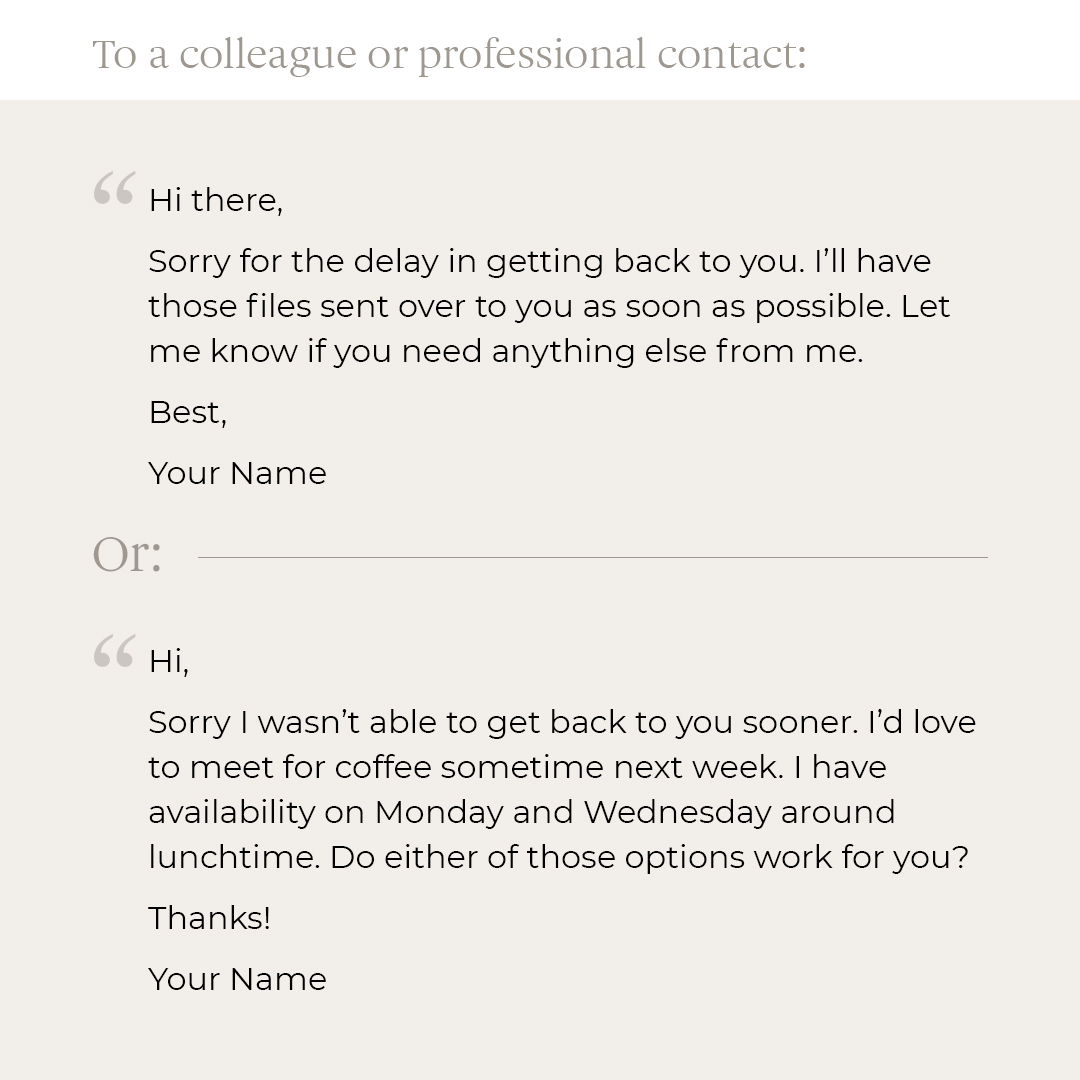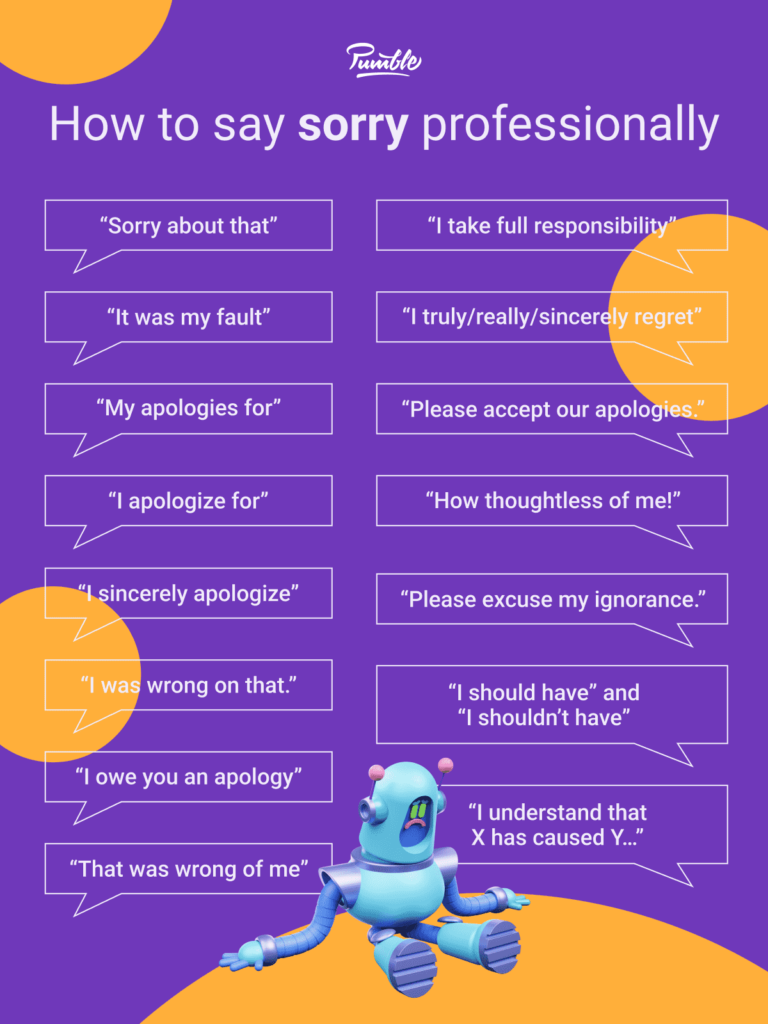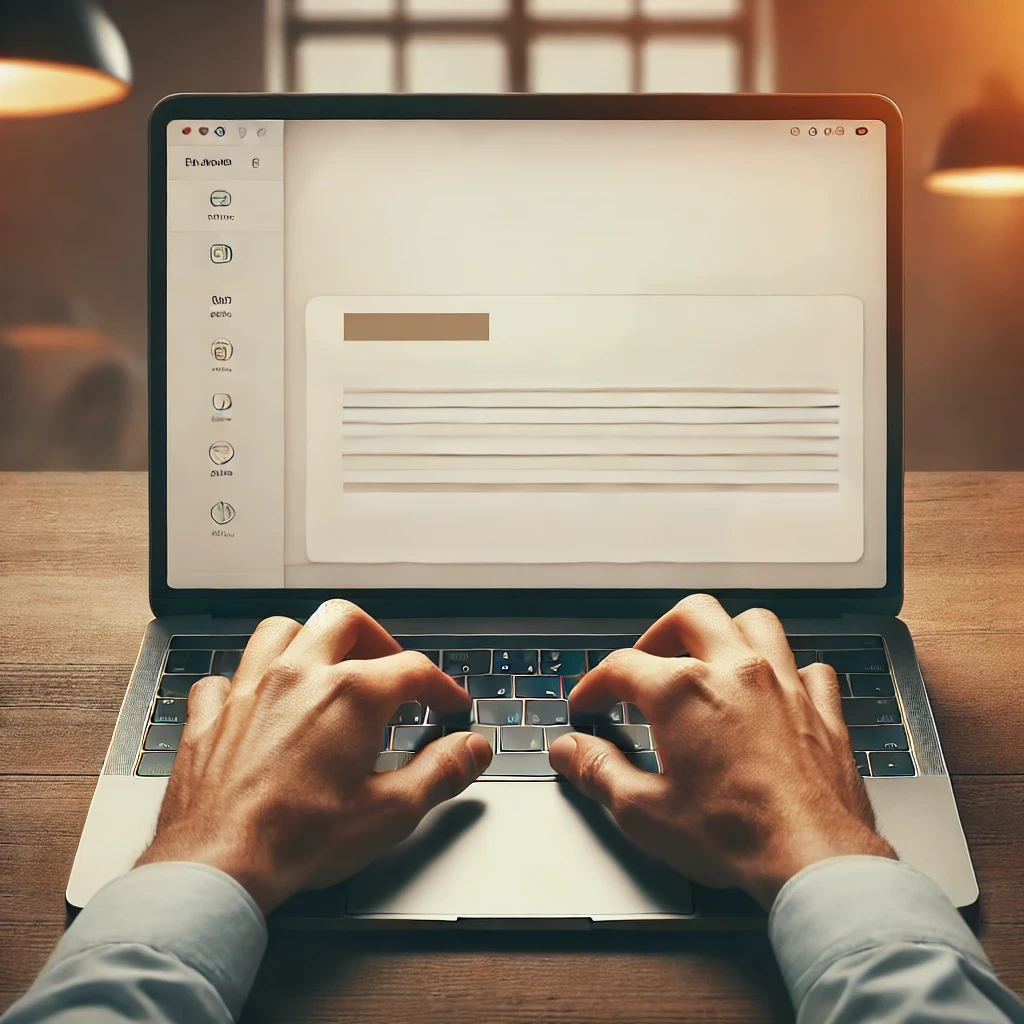How To Apologize Professionally In An Email Without Saying Sorry

Crafting a professional apology via email is crucial, but directly saying "sorry" isn't always the best strategy. Mastering alternative phrasing can salvage relationships and maintain a professional image in the digital age.
Navigating professional missteps demands a delicate touch. Learn how to express remorse and take responsibility without uttering the word "sorry", which can sometimes imply acceptance of legal liability.
Understanding the Nuances of Apology
The key is acknowledging the impact of your actions and demonstrating a commitment to improvement. Using alternative phrases shows empathy without necessarily admitting fault in a legal sense.
According to a Harvard Business Review study, focusing on solutions rather than dwelling on the problem significantly improves the recipient's perception of the apology.
Alternative Phrases to "Sorry"
"I understand your frustration." This validates the recipient's feelings without directly apologizing. It shows empathy and understanding of their perspective.
"I regret that this happened." This acknowledges the negative outcome without taking direct blame. It’s a more formal and controlled expression of remorse.
"I take full responsibility for…" This demonstrates accountability for specific actions, avoiding a blanket apology. Clearly state what you are taking responsibility for, focusing on actions rather than emotions.
"Thank you for bringing this to my attention." This turns a negative situation into an opportunity for improvement. It also shows that you value the recipient's feedback.
"We are committed to ensuring this doesn't happen again." This assures the recipient that corrective measures are being implemented. Focus on future prevention, demonstrating a commitment to improvement.
Crafting Your Email
Start by acknowledging the issue promptly. Delaying your response can exacerbate the situation.
Specifically state what happened and its impact. Be direct and avoid vague language.
Use a professional tone and avoid being defensive. Maintain a respectful and calm demeanor throughout the email.
Offer a solution or a plan of action. Showing that you are actively working to resolve the issue is crucial.
End the email with a positive and forward-looking statement. This leaves the recipient with a sense of closure and confidence.
Example Scenario
Imagine a project was delivered late due to unforeseen circumstances.
Instead of saying, "I'm sorry the project was late," try: "I understand the project's delay has caused inconvenience. We are committed to delivering the revised timeline by [date]."
Another example could be: "We regret that the report contained inaccuracies. We are reviewing our data validation process to prevent this in the future and a corrected report will be sent by [date]."
Key Takeaways
Avoid using the word "sorry" if it doesn't align with your legal or company's guidelines. Focus on empathy, accountability, and solutions.
Always proofread your email before sending. Ensure your tone is professional and respectful.
According to a study by the Public Relations Society of America, transparency and swift action are crucial for maintaining trust after a mistake.
Remember, the goal is to acknowledge the impact of your actions and demonstrate a commitment to improvement without necessarily admitting fault.
Moving forward, analyze the situation to prevent similar issues. Consider implementing new procedures or training programs.
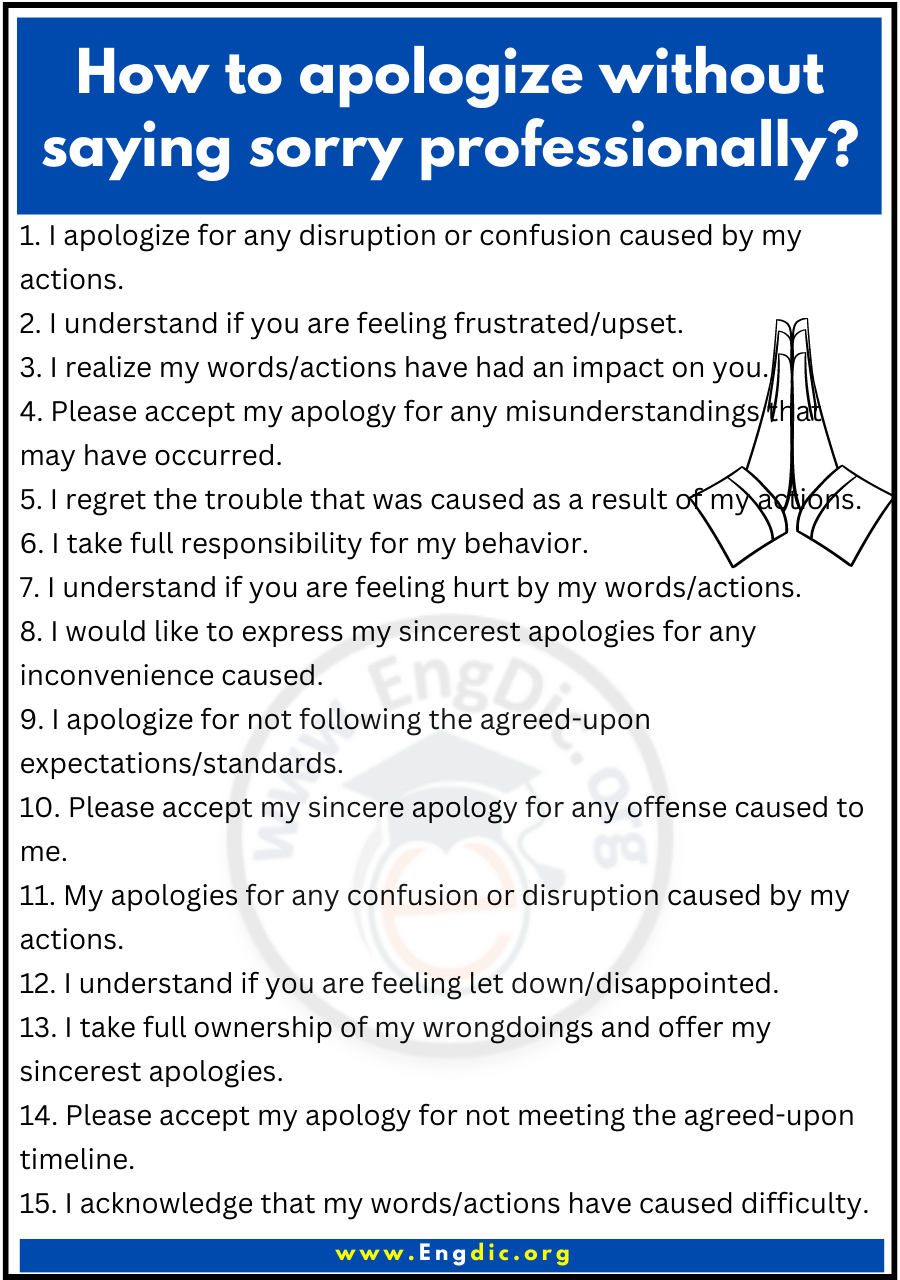

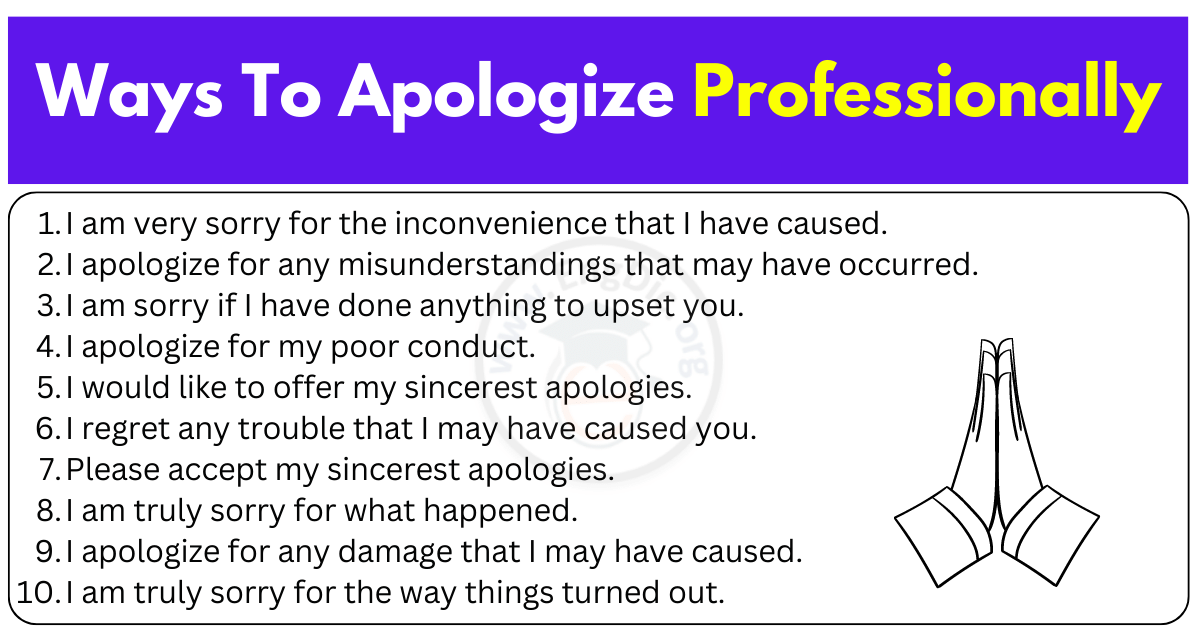



![How To Apologize Professionally In An Email Without Saying Sorry How to Apologize Professionally In an Email [+ Templates] | Fellow.app](https://fellow.app/wp-content/uploads/2022/06/How-to-Apologize-In-an-Email.jpg)



